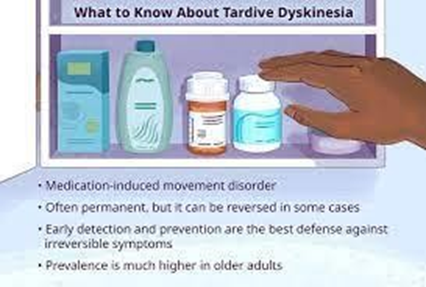Upon entrance into a mental health care system, clients are thoroughly assessed, and this is followed by the development of a mental health treatment plan. Which of the following are the purposes of the treatment plan? (Select all that apply.)
A means of monitoring the client's progress
A guide for planning and implementation of care
An instrument for communication and coordination of care
Evaluating the effectiveness of interventions
Ensure that the client follows their treatment
Correct Answer : A,B,C,D
Choice A rationale: the mental health treatment is designed to monitor and assess an individual’s progress and response to treatment over time by outlining measurable and realistic targets that are evaluated periodically.
Choice B rationale: the treatment plan can be used by healthcare providers as a guide while providing care to their clients by issuing a clear rationale behind the interventions chosen.
Choice C rationale: the treatment plan is a document outlining the objectives, interventions, and expected outcomes in the management of clients thus it serves as a communication tool amongst various healthcare providers across all the cadres involved in multi-disciplinary patient care.
Choice D rationale: the treatment plan evaluates the effectiveness of the interventions provided to a client by providing a comparison between the actual results and the expected outcomes thus guiding on the need for any necessary adjustments to be made when needed.
Choice E rationale: the treatment plan is not primarily responsible for ensuring that a client adheres to their treatment but instead it empowers and supports them during their recovery process. Therefore, the client’s needs and preferences should always be considered while developing the treatment plan which should be flexible to the changing needs of clients.
Nursing Test Bank
Naxlex Comprehensive Predictor Exams
Related Questions
Correct Answer is B
Explanation
Choice A rationale: Akathisia refers to restlessness and agitation and is a common side effect of antipsychotic medications. This condition can be reversed by reducing the dose of antipsychotic medication taken by the client.
Choice B rationale: Tardive dyskinesia refers to the involuntary movement of body parts such as the limbs, face, jaw, and tongue and is a common side effect of long-term use of first-generation antipsychotic medications which work by blocking dopamine receptors. This condition is irreversible, especially when not detected early.
Choice C rationale: Dystonia which refers to muscle spasms affecting the jaw, eyes, and limbs can be reversed by the use of anticholinergic medications or botulin toxin.
Choice D: Akinesia refers to the absence of movement and can be managed by adjusting the dosage of the antipsychotic medications being taken by the patient.

Correct Answer is C
Explanation
Choice A rationale: Excessive noise does impact the professional environment, but the primary concern is its potential impact on clients rather than the appearance of the mental health unit.
Choice B rationale: Excessive noise is more likely to disturb clients by causing insomnia and irritability rather than promoting relaxation.
Choice C rationale: Excessive noise in a mental health unit can disrupt the therapeutic environment and interfere with clients' thinking processes and perceptions by triggering anxiety, aggression, and anxiety. Therefore, maintaining a calm and quiet atmosphere supports mental health treatment.
Choice D rationale: There is no indication that excessive client noise is encouraged by the staff. However, the main concern is the impact of the staff noise on clients.
Whether you are a student looking to ace your exams or a practicing nurse seeking to enhance your expertise , our nursing education contents will empower you with the confidence and competence to make a difference in the lives of patients and become a respected leader in the healthcare field.
Visit Naxlex, invest in your future and unlock endless possibilities with our unparalleled nursing education contents today
Report Wrong Answer on the Current Question
Do you disagree with the answer? If yes, what is your expected answer? Explain.
Kindly be descriptive with the issue you are facing.
